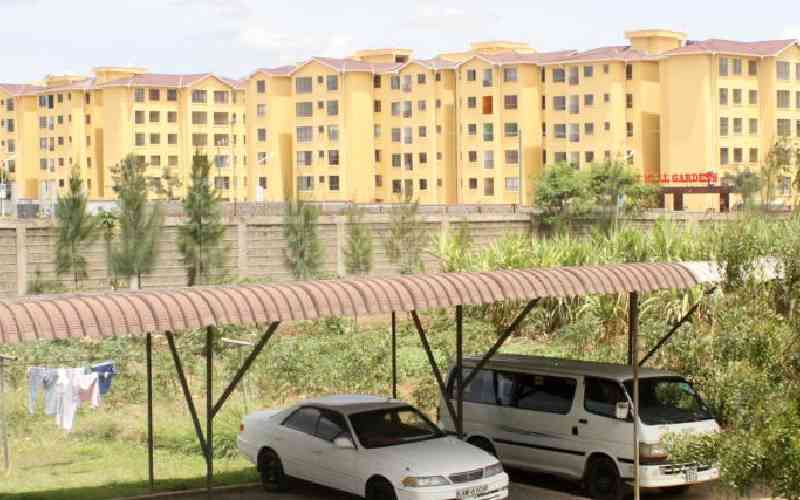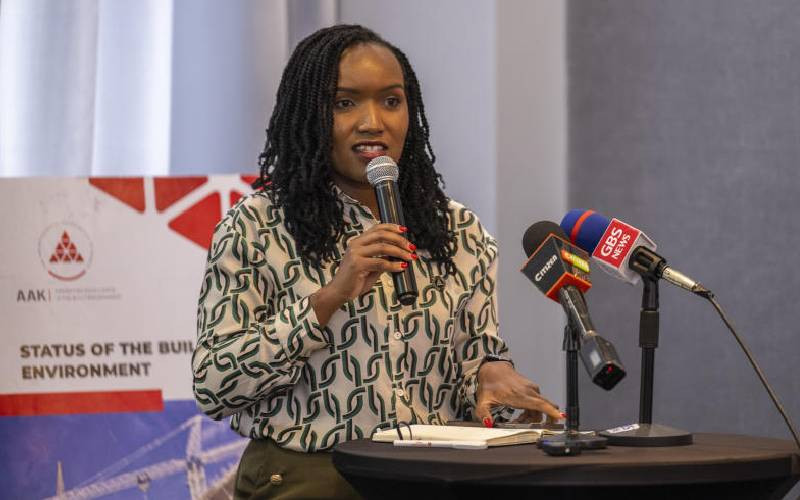By Franco Odhiambo
Planning generates a lot of conflict arising from development proposals, control and enforcement decisions.
Conflicts occur when people are forced to surrender land to pave way for specific projects.
Despite the project creating employment opportunities and benefiting the larger population, the affected landowners are often not satisfied even after compensation. This is often due to the sentimental value attached to it, particularly if it is ancestral land.
Conflict also arises where a city or municipality extends its boundary to incorporate rural areas. Majority of rural holdings are serviced by narrow access roads less than six metres. Whenever a proprietor applies for sub-division of land, the road reserve has to be expanded to between 9-30 metres. This portion of land has to be surrendered for free to the Government as condition for development, which leads to loss of substantial acreage of land without compensation.
In order for the proprietor affected to compensate for loss of land, the resultant sub-plots after sub-division are sold at exorbitant prices.
Residential or commercial plots in Nairobi’s Dagoretti, Riruta, Kawangware and Kangemi areas are a case in point.
Development applications may be denied or deferred due to technical reasons. Majority of developers affected by such decisions forget and abandon their dream projects or rush to court for litigation.
Such lawsuits fail on grounds that their resolution is the principal role of the planning liaison committee as provided for in the Physical Planning Act Cap 286.
Liaison committees
These committees are critical in policy direction and conflict resolution in the planning process. There are two levels of liaison committees:
1. District/Municipal/Nairobi Liaison Committee
This is the first level of appeal for any developer whose development application using special form PPA1 has been deferred or denied by a local authority or director of physical planning. The appellant will apply to the secretary of the liaison committee using special form PPA8 stating the reasons for appeal.
These liaison committees are chaired by the district commissioner at district and municipal council levels and provincial commissioner for cases involving Nairobi. If the appeal is successful, the developer will be issued with a certificate of compliance using special form PPA5 to commence development. If the appeal is deferred for some technical reasons the developer may be issued with enforcement notice using special form PPA7 to do specific performance. If the appeal is denied, the developer can forget about the project or further appeal to the national liaison committee using special form PPA9.
2. National Physical Planning Liaison Committee
Stay informed. Subscribe to our newsletter
This is the second level of appeal by a developer aggrieved by the decision of district, municipal or Nairobi liaison committee and is chaired by the permanent secretary for lands.
If the appeal is successful, the developer may be issued with certificate of compliance with conditions, if any, to commence development. If the appellant is aggrieved by the decision of this committee, he/she may seek legal redress in the high court.
Appeal to the High Court
The liaison committee membership is composed of experts from various fields whose opinions and input is required. The liaison committee hearings is an arbitration process and its finding and verdict is final and binding and cannot be challenged in a court of law unless on matters of law.
Shortcomings of committees
The constitution of liaison committees is wanting. Apart from a registered physical planner in private practice who is incorporated in the committee, experts who rejects, defer or approve development applications are the same ones who sit in the appeals committee.
The writer is a survey and mapping professional
 The Standard Group Plc is a
multi-media organization with investments in media platforms spanning newspaper
print operations, television, radio broadcasting, digital and online services. The
Standard Group is recognized as a leading multi-media house in Kenya with a key
influence in matters of national and international interest.
The Standard Group Plc is a
multi-media organization with investments in media platforms spanning newspaper
print operations, television, radio broadcasting, digital and online services. The
Standard Group is recognized as a leading multi-media house in Kenya with a key
influence in matters of national and international interest.
 The Standard Group Plc is a
multi-media organization with investments in media platforms spanning newspaper
print operations, television, radio broadcasting, digital and online services. The
Standard Group is recognized as a leading multi-media house in Kenya with a key
influence in matters of national and international interest.
The Standard Group Plc is a
multi-media organization with investments in media platforms spanning newspaper
print operations, television, radio broadcasting, digital and online services. The
Standard Group is recognized as a leading multi-media house in Kenya with a key
influence in matters of national and international interest.








